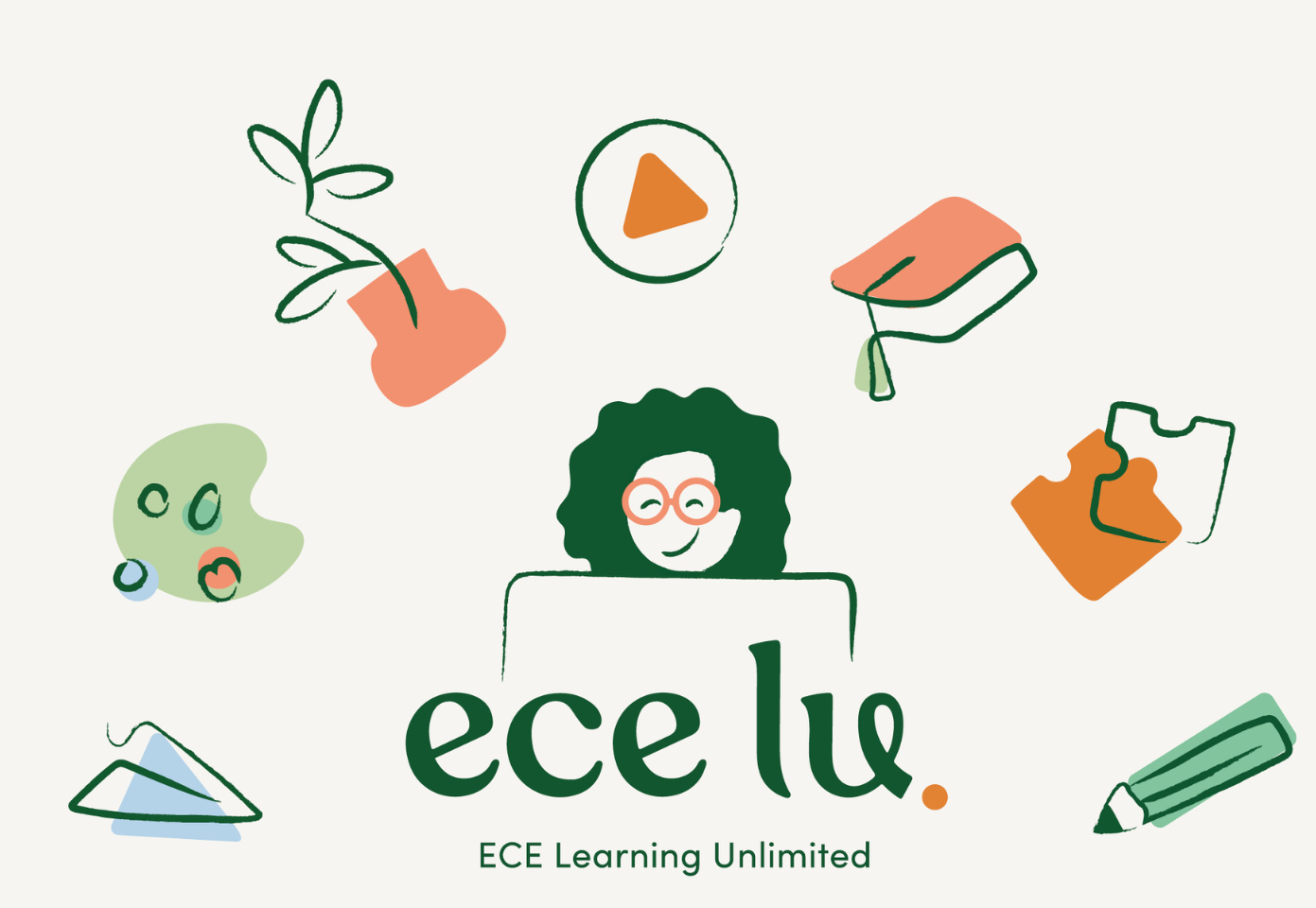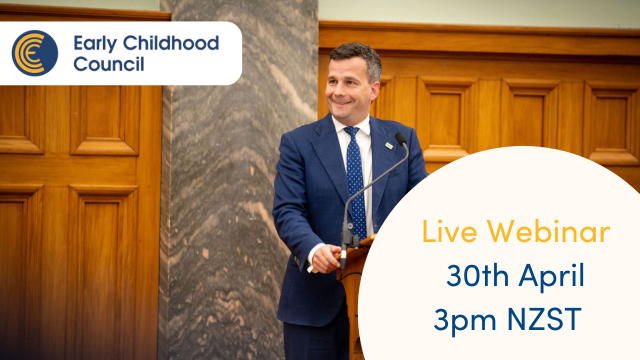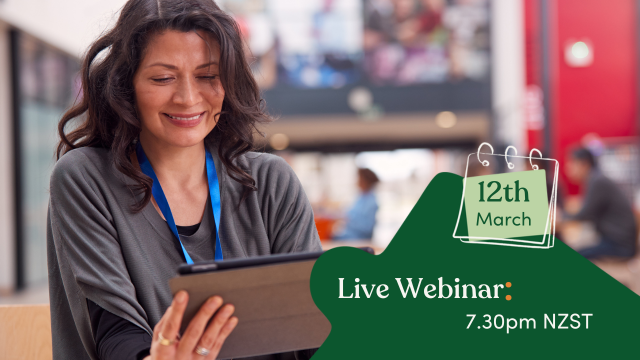If you are working in an early childhood environment, you will no doubt have heard the term “Dispositions” used when talking about children’s learning. When teachers assess children as learners, they will look for their dispositions.
But what exactly are dispositions?
And why are they so important in ECE?
Let’s take a short sharp look at Dispositions in early childhood education...
A disposition can best be described as a tendency to act in a certain way. For example some people have a tendency to try really hard when the going gets tough. While others may give up easily, when things are just too hard for them.
A disposition can also be described as a mood or general attitude in life. For example the old saying “That person sees the cup as half empty.” While “that person sees the cup as half full.”
So it’s their attitude and way of seeing things.
As teachers, we add another layer to our meaning of dispositions. Because we are interested in learning dispositions. This means we look for how children learn.
As teachers, we add another layer to our meaning of dispositions. Because we are interested in learning dispositions. This means we look for how children learn.
In other words;
“How does this child take on learning?” Do they stand back to watch and wait before giving something a try? Or do they bust straight on in and give anything a go without much thinking?
Learning dispositions affect how children approach learning, and therefore the outcomes of their learning. In other words, a child’s attitude or tendency to learn will affect how successful they are in learning.
We all know that the early years are super important for laying the foundations for lifelong learning. We are all continuously learning. But our attitudes, our self belief and our willingness to learn started in our early years.
Think about yourself for a minute...
- If you have to learn something new that challenges you – what is the first thought that pops into your head?
- What is the next thing that you do to start learning this new thing?
What is this child’s attitude towards learning? Are they willing to try?
Do they need convincing? Are they confident?
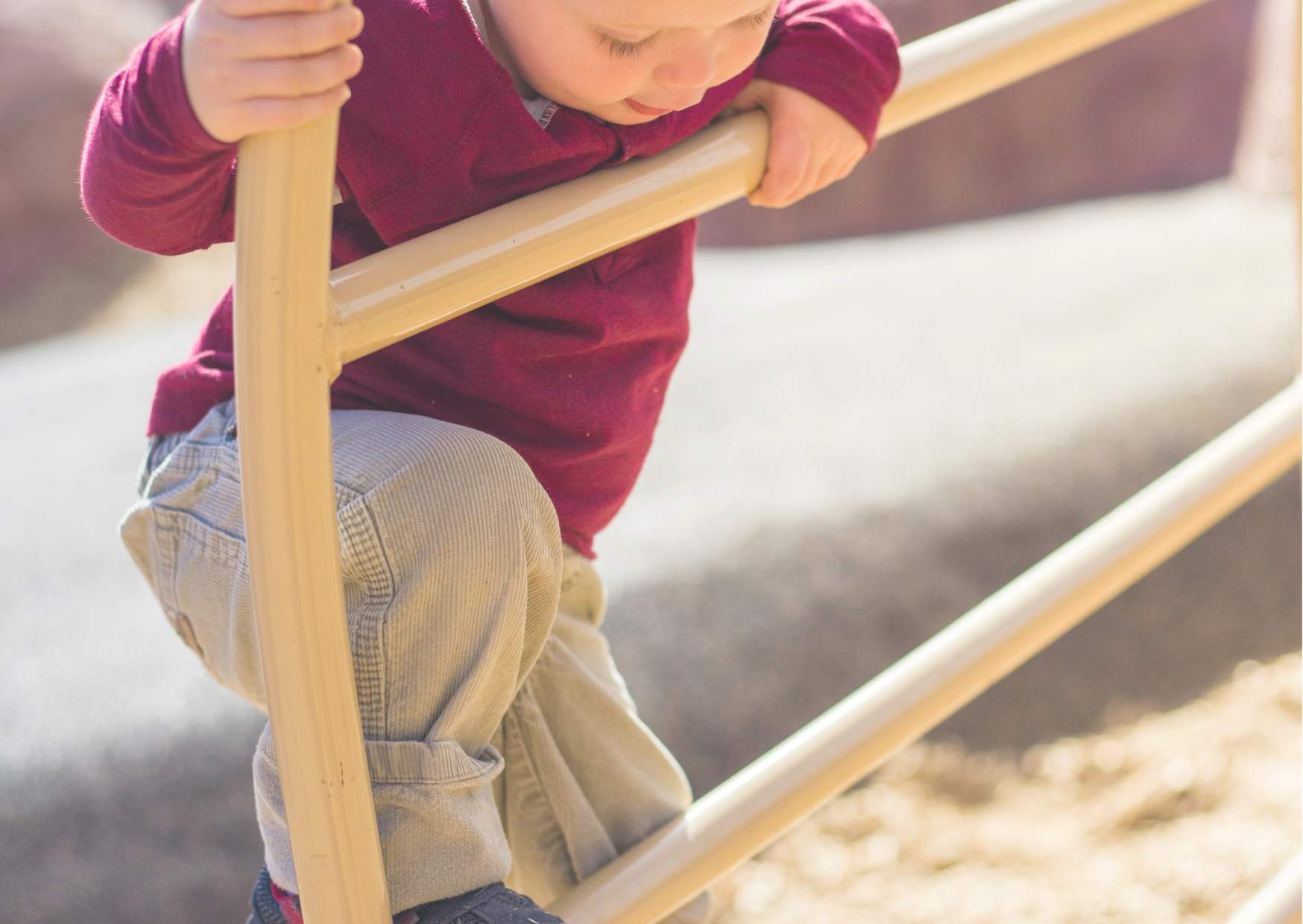
Here is an example;
“Holy C*ap this is complicated! Ummm can I do this? Can I be bothered?”
This week I had to learn how to use a new piece of software so that I could make cool You Tube videos. Now I am NOT a digital native. I was born on the far side of technology, so learning how to use software is really challenging for me. Here is what my thought processes were;
“Holy C*ap this is complicated! Ummm can I do this? Can I be bothered?”
Then I took a poke around the program, started to play around and started to think “Umm maybe I can learn how to use this. Ok I will give it a go.”
Then I thought “ I will get some help, then I will practice, then I reckon I can get better at it, so that eventually I can do it by myself.”
And that is exactly what I did.
If you put your teacher hat on and analyse my learning dispositions here you will see that I was hesitant at first and doubted my ability to learn something so tricky. So my natural attitude towards new learning was self doubt. BUT then when I gave it some time, I started to use some learning strategies to give it a go. I knew that I needed help. And I knew that if I persisted, practiced and kept trying, that eventually I would be able to achieve what I needed to do.
If you were a teacher looking at me as a child, and you were considering my learning dispositions you might say the following in a learning story about me;
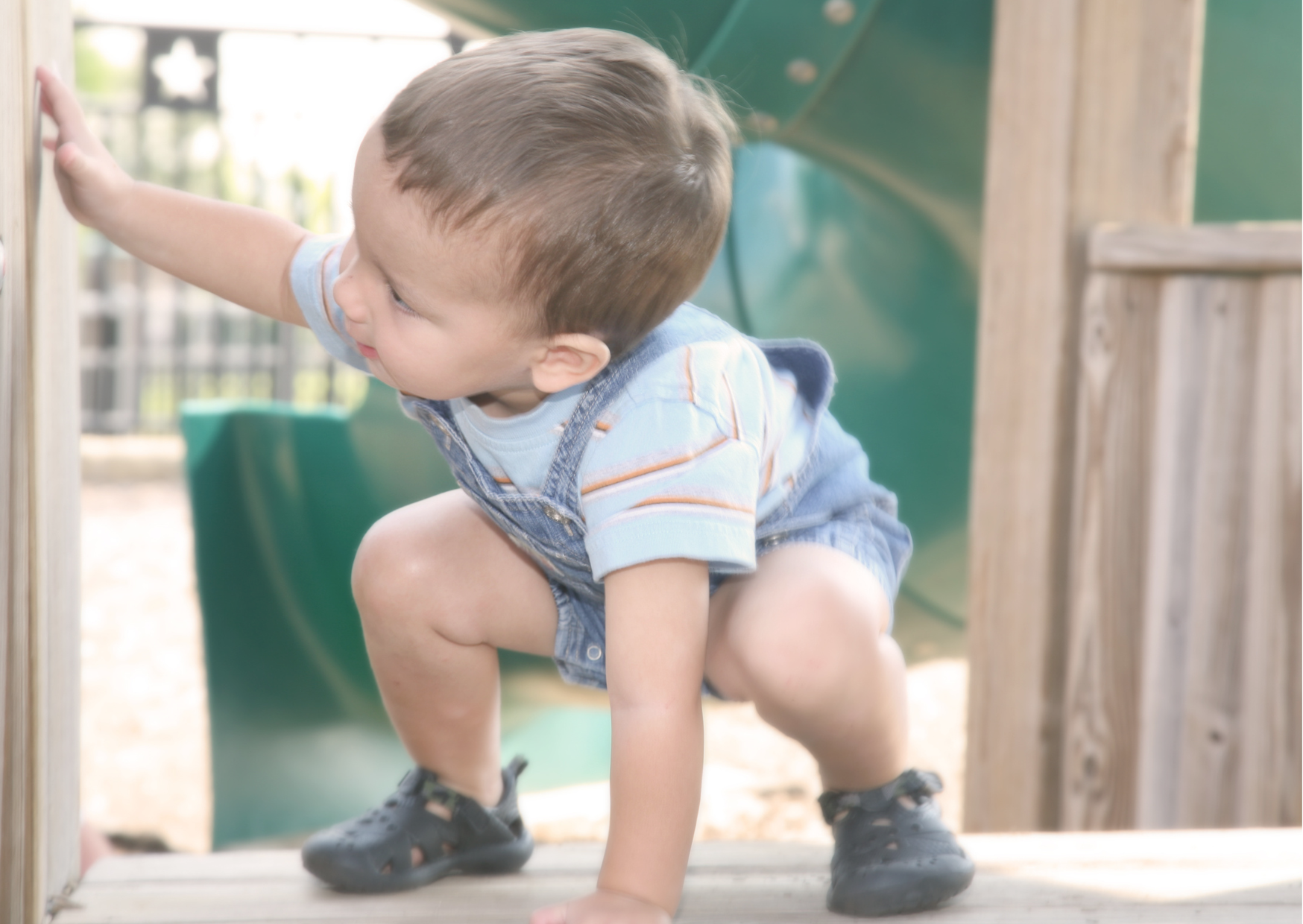
“Angela today you started to learn some new skills for using software. You knew that this was going to be challenge and at first you were reluctant to try. Your first inclination was to not even attempt it. But I noticed that when given some time and space to explore, you were able to eventually give it a go. And as you experimented, asked for help, and practiced you became more confident. Your attitude and willingness to learn shifted as you developed the skills and confidence to use this new software. You began to see yourself as a competent and capable learner.”
Do you see how my learning dispositions impacted my ability to learn?
The attitudes that I have today about learning, my self belief and my willingness to try were formed in my early years and cemented over a lifetime.
You can imagine, that if I did not have the disposition or willingness to give it a try, or to ask for help, or to explore, practice and persist that it would have been unlikely that I would have learnt how to use that software. And I would have to pay someone else to do it for me. Bummer!
So for early childhood teachers, you can see why understanding children’s learning dispositions is so important. We have a HUGE opportunity to influence and support HOW a child learns. And how a child is shaping their self belief.
Think about all those learning moments you have in front of you every day where you will see children’s learning dispositions in action...
As a starting point, the most basic dispositions we aim to support are;
- The child wanting to climb across the monkey bars but feeling afraid. But then eventually gives it a go and keeps giving it a go until they succeed (courage, persistence, determination, I can do this).
- The baby beginning to walk, who keeps falling down but gets back up continuously to keep trying (persistence)
- The new child who has just started in your centre, who is starting to take an interest, become involved, make new friends (courage, curiosity, responsibility).
There are many many dispositions that are important for children in order to become confident, competent lifelong learners. And it is our job as teachers to support the development of these in the early years.
As a starting point, the most basic dispositions we aim to support are;
- Courage and curiosity (taking an interest),
- Trust and playfulness (being involved),
- Perseverance (persisting with difficulty, challenge and uncertainty),
- Confidence (expressing a point of view or feeling) and
- Responsibility (taking responsibility).
Now that you know what dispositions are, and why they are so important, the next part of the equation is understanding how we can assess learning dispositions and how we then plan and design our curriculum to support children’s development of these. But that is another session for another day.

Written by
Angela Bush
Founder - ECE Learning Unlimited
Bachelor of Education (ECE), Diploma of Nursing, Diploma of Teaching (ECE)
Angela is a degree qualified and registered ECE teacher, multiple ECE centre owner, curriculum leader and business manager of ECE Learning Unlimited. She is also a registered nurse.
With over thirty years in ECE and centre ownership, Angela has a wealth of experience and knowledge in successful ECE leadership and centre management.
Over the years Angela has also had roles as a lecturer in ECE, nanny, teacher, and mentor.
Share your thoughts...

Need more?
Never miss a blog
Join our mailing list and keep up to date with new releases
Thank you!



